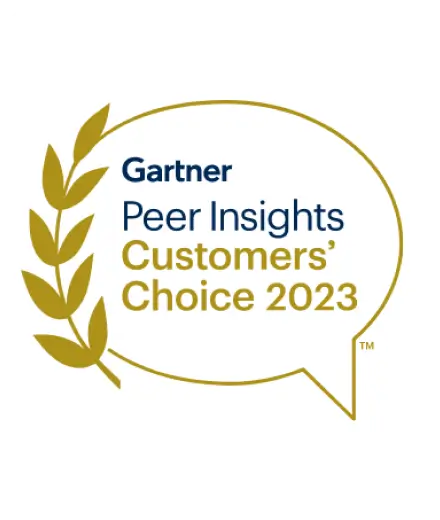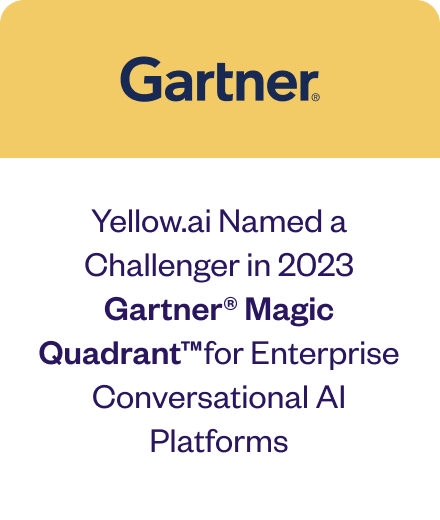While significant technological progress has been made in the last couple of years, 2022 will see a surge in IT automation. Many industries have seen a steady stream of automation innovation, AI-powered expansion and change adoption. However, there has been an immense acceleration in opportunities in the last two years because of C-19 forced lockdowns and innovations in hybrid work culture.
It was more like survival crises to remain relevant and competitive, besides resolving technical difficulties or providing powerful IT solutions to clients. As organizations recover and progress with unpredictable pandemic situations, some major automation trends will dominate IT activity in 2022.
Why IT automation?
Digital transformation fuels an explosion of new tools, software and platforms. At the same time, IT teams grapple with organizational requirements and a shortage of skilled IT resources. The right IT automation solution can alleviate a lot of IT’s problems and help them with the following:
1. Keep pace with digitization
Coordinate and consolidate the automation by scheduling various applications, platforms or technologies in addition to servers to maintain an effective and dependable IT infrastructure.
2. Sustain and improve IT agility
Adopting new technologies makes it easier for IT to automate repetitive, time-consuming tasks prone to human error. It enables them to build scalable and enterprise-wide infrastructure, to respond effectively to new requests from the organizations they support.
3. Minimize IT resource gap
IT resources in organizations, such as systems, servers, applications, scheduling and automation tools, have grown dramatically in recent years. The IT resources gap is because of the disparity in the rate of change between the systems to manage, the skilled personnel to manage them and the financial resources to keep them running. To close this gap, IT requires a solution that will assist them in increasing IT efficiency while minimizing IT expenditures.
Top IT automation trends in 2023
Here are a few automation trends to watch for in the year 2022 and know how they will continue to shape the business landscape:
1. Hyper automation in the workplace
Hyper-automation is a fantastic platform for integrating management, DevOps and monitoring. Its ability to help businesses automate end-to-end workflows managing complex tasks across multiple platforms is certainly noteworthy. Because of this, hyper-automation may see increased adoption in the coming years.
AI and machine learning are extensively used to automate workplaces. When processes get automated end-to-end, organizations can cut down on operating costs while delivering faster service with fewer human resources to complete the process.
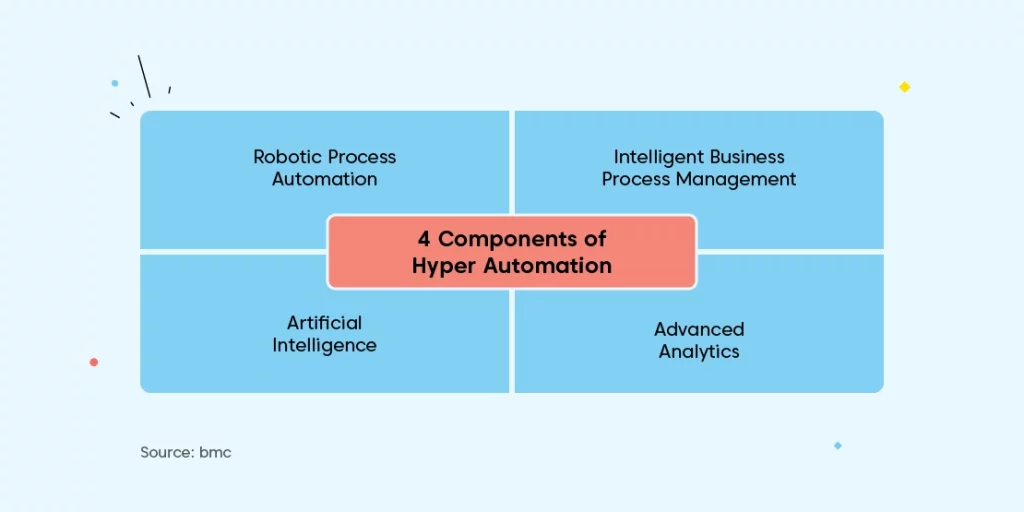
2. CIOs leading the IT automation initiative
Top research agencies have confirmed that technology is a sector where most automation initiatives occur. According to a recent Gartner survey, more than 80 percent of organizations intend to continue or even increase their investment in automation. CIOs are now taking the lead in defining business strategies, governance and technology. They will participate in the design and implementation of customer experiences, as well as share their digital expertise with other executives.
With a huge investment in digitization and automation, CIOs must ensure that it is wise besides being strategic. They need to address issues like selecting and standardizing automation technology, internal capabilities, balancing enterprise-wide initiatives, governance, safety and performance. Meanwhile, they are also contributing to the company’s bottom line and providing their thoughts on how to increase revenue through automation.
3. RPA taking the lead among multiple automation platforms
Automation of business processes is progressing slowly but steadily across many different technology platforms, from infrastructure services such as iPaaS to Artificial Intelligence (AI) to low-code application platforms like LCAP and Robotic Process Automation (RPA).
In the year 2022, various IT leaders (CIOs) will lead automation projects and work towards creating a single platform for automation. RPA technology is already a clear winner and there is already a massive increase in RPA adoption when compared with LCAP, BPA, iPaaS and AI.
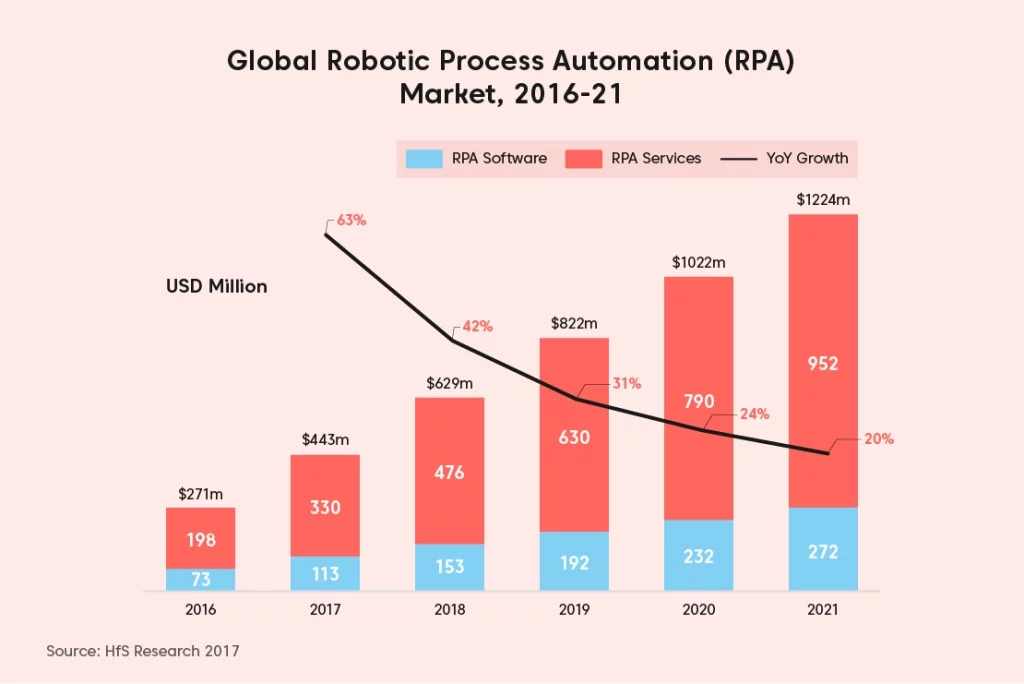
4. Scalability and integrated solutions
When it comes to enterprise-wide mission-critical functions like governance, scalability support and low or no-code development environments, advanced RPA systems are the way to go. In 2022, RPA platforms will use dual channels simultaneously.
The first step is to expand their solution by integrating other platforms, making it more robust. Second, the system’s interoperability will receive significant attention. As a result, organizations can continue to use their current platform while also leveraging RPA for management and governance. This way, RPA platforms will continue to be the core technology while other automation platforms will merge into them.
5. The emergence of just-in-time (JIT) workflows
Companies use business applications like Jira to get their work done, then move to Workday and then update on Salesforce and so on. A new workflow paradigm will emerge in 2022 as an alternative to business-application workflows. Through this, employees will receive a series of JIT (just-in-time) tasks on their desktop, created by bots, instead of going to multiple applications to carry out their tasks.
This will shield people from the chaos of fragmented applications and enable them to focus on productive activities. Instead of wasting time opening and closing programs or attempting to complete workflows that span multiple systems, they can focus on more pressing tasks.
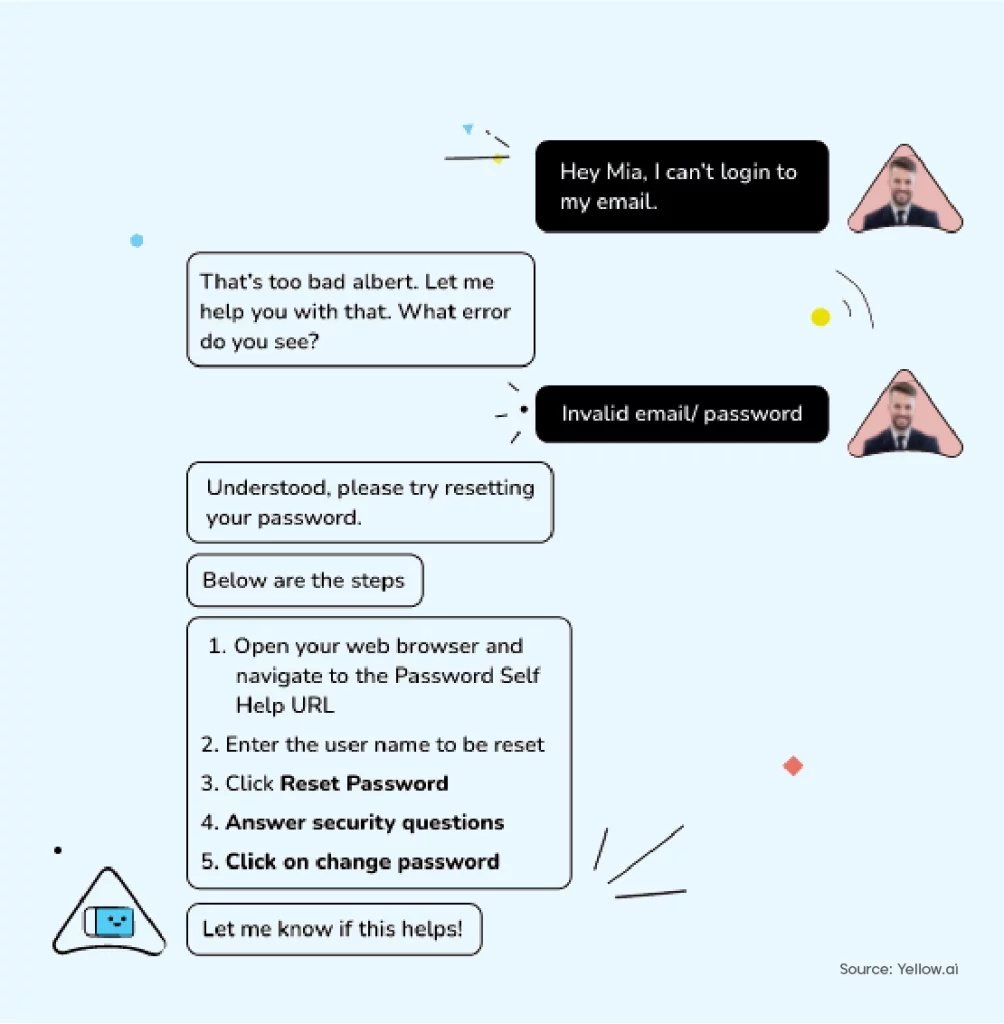
6. Creation of fully automated value chains
Enterprises work with various applications that employees must constantly switch between to complete their work which consumes a significant amount of their valuable time.
An innovation called Digital desktop assistants or ‘robots for everyone’ is being implemented by a growing number of companies. 2022 will add a new layer of automation on top of the existing applications. The new automation platform will sit between the employees and the business applications. By adding this new layer, organizations will be able to redesign their processes and implement approaches that relieve employees of the burdens of fragmented technology.
7. Cloud-based architectural innovation to increase flexibility
Flexibility in delivery is a critical consideration for organizations when purchasing an automation platform. To avoid becoming tied to a single delivery model, organizations are increasingly looking for greater flexibility in their options. In response to this shifting market demand, many IT automation companies are developing platforms that can be easily converted from software-as-a-service (SaaS) to on-premises solutions with minimal impact.
Automation companies are increasingly implementing cloud-native architectures to take advantage of containerization and microservices. Because of these new technologies, businesses can now offer the same features and capabilities to customers regardless of how they run their platform.
8. User-friendly solutions
Because of this advancement in delivery, users will not be compelled to learn new skills or adapt to new environments in the future if they choose a different mode of delivery. Customers benefit from greater flexibility, speed and ease of expansion when using on-premise solutions and the ability to update or expand their installations more quickly.
The way solutions are packaged is likely to be one of the key innovations in 2022. They won’t require a steep learning curve to install, upgrade and manage.
9. Semantic automation to revolutionize RPA
Artificial Intelligence (AI) will play a pivotal role in making automation easier, faster and more dynamic than ever before in the year 2022.
Today, the automation programmer must provide detailed instructions to robots before completing a task. Semantic automation can assist developers in transitioning away from this rule-based approach. Semantic automation robots can simply observe and mimic an activity without step-by-step instructions. This means that they’ll recognize the process, understand what data is needed and know where to obtain or move this data. To begin the automation process, developers—or even business users—only need to program the robots to complete the workflow.
10. New role in automation space – Chief Sustainability Officer (CSO)
There is a lot of buzz around the new C-suite role – Chief Sustainability Officer (CSO). Increasing numbers of corporations are bringing in CSOs to help them become more environmentally friendly because consumers are becoming more concerned about the environment and global warming. Fortune 500 companies with CSO positions have increased by 228 percent in the last ten years.
CSOs are turning to automation as a tool of choice to reduce their company’s carbon footprint. An efficient method of reducing waste that harms the environment and negatively impacts a company’s bottom line. The CSO will take on a more prominent role in IT automation initiatives in 2022 and they’ll make better use of their technology and cut down on waste.
Final thoughts
The year 2022 will be a year of steady and uninterrupted growth for the business ecosystem. These IT automation trends are a part of a larger digital transformation strategy that reshapes the way businesses operate, support their employees and serve customers.
Automation solutions, when implemented correctly, can help businesses achieve the agility and innovation they’ll need to succeed in the years ahead, all the way through 2022. Enterprises should use IT automation to produce qualified sales leads, convert them to loyal customers and boost their lifetime value.
Get in touch with our team to learn more about how IT automation can enhance your total user experiences.






















